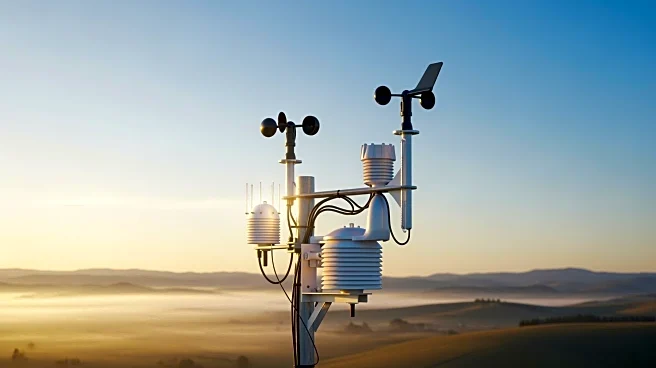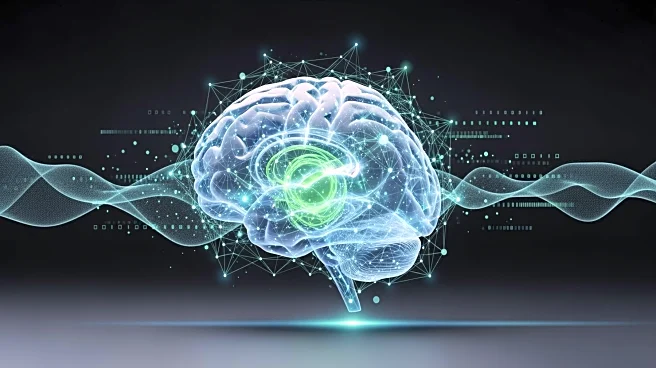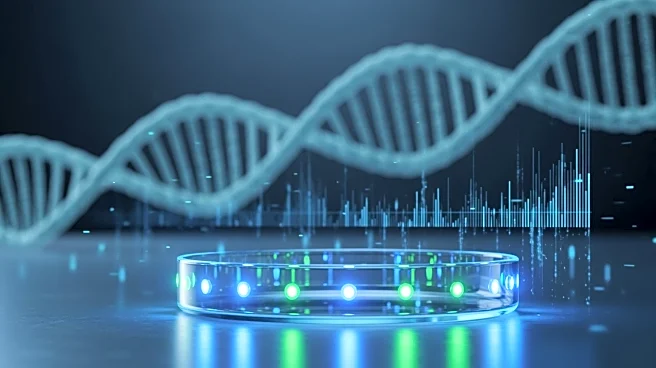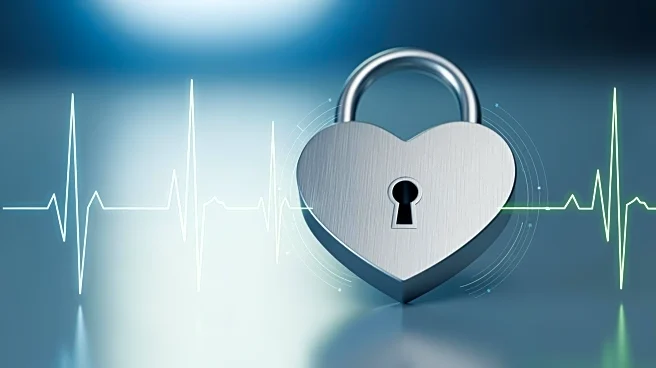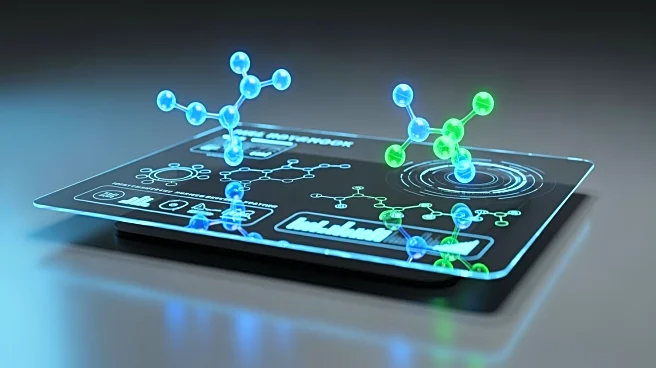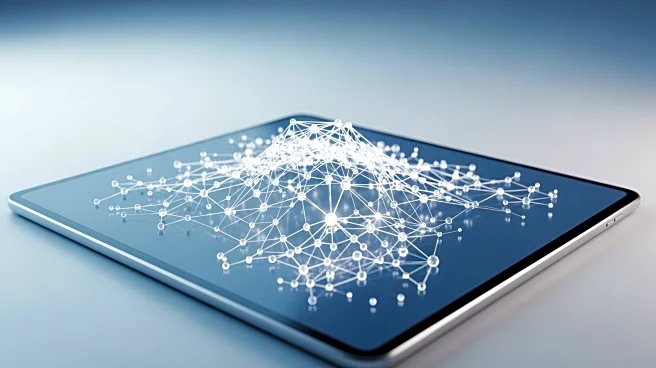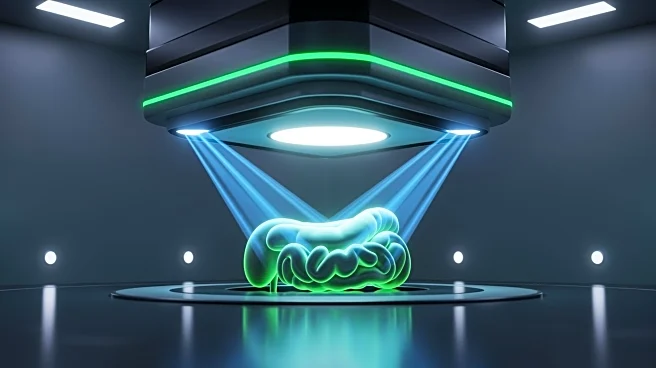What's Happening?
Remote photoplethysmography (rPPG) is emerging as a contactless method for monitoring vital signs using RGB cameras to capture subtle skin color variations in facial videos. This technique is gaining traction for its ability to ensure privacy protection
in video transmissions, particularly in scenarios such as video calls, live streaming, and remote patient monitoring. Recent advancements in computer-vision and signal-processing algorithms have enabled robust estimation of vital signs, allowing for the selective modification or obfuscation of rPPG-related information in facial videos. This ensures the protection of vital signs while preserving overall video fidelity. The development of a novel signal-quality index aims to improve rPPG reliability, and a machine-learning framework has been proposed for reconstructing rPPG signals from standard webcam footage.
Why It's Important?
The advancement of rPPG technology is significant as it addresses privacy concerns associated with the transmission of physiological data in video formats. By ensuring that vital signs are protected, this technology can enhance the security of remote patient monitoring systems and telehealth services. The ability to monitor vital signs without direct contact is particularly beneficial in healthcare settings, where minimizing physical interaction is crucial. Furthermore, the integration of machine learning and signal-processing techniques in rPPG systems can lead to more accurate and reliable health monitoring solutions, potentially transforming how healthcare providers and patients interact remotely.


